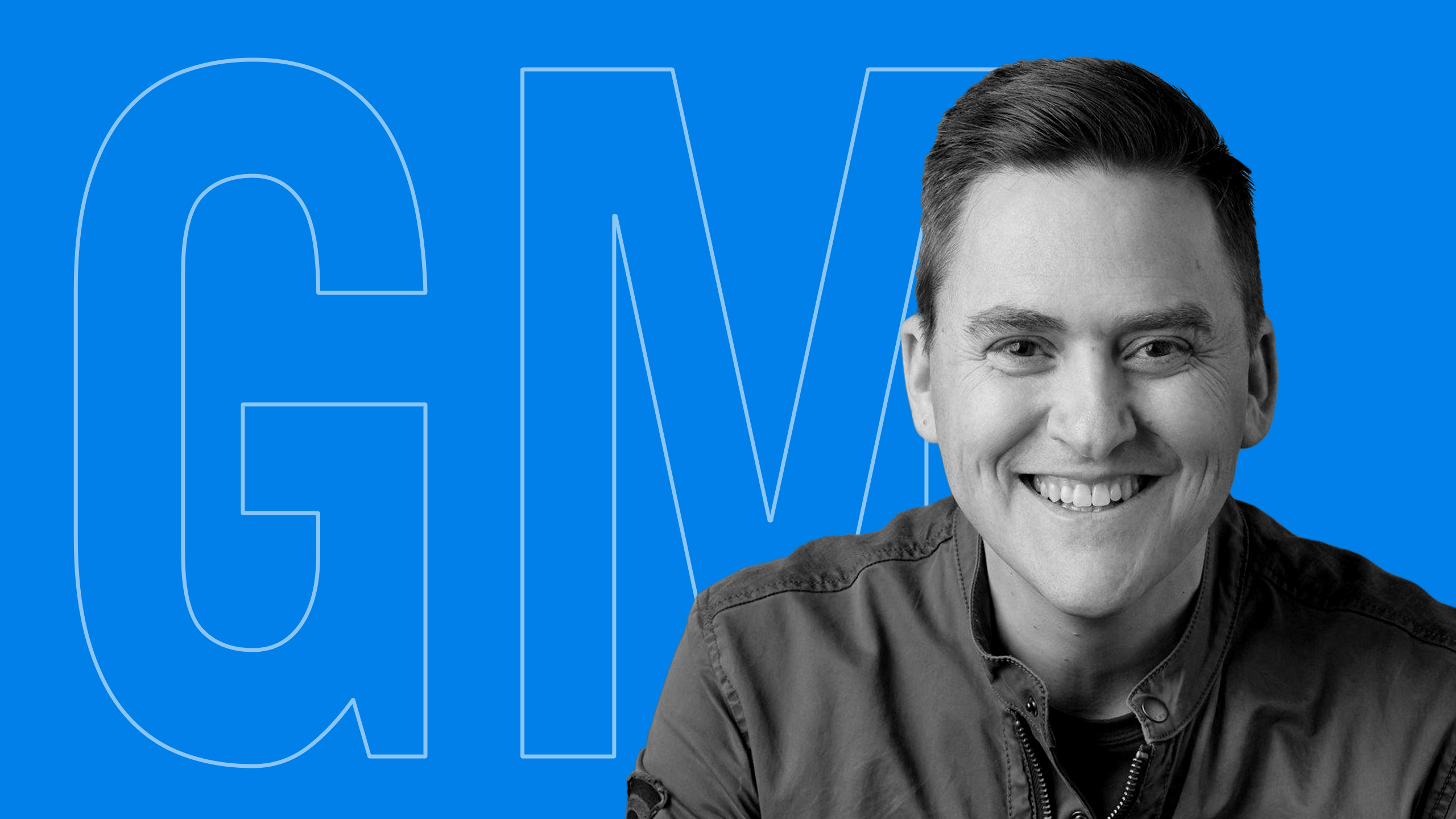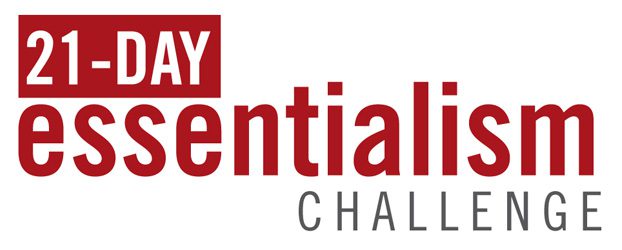Greg McKeown:
Welcome everyone. I’m your host, Greg McKeown, and I am here with you on this journey to learn so that we can be utilized at our highest point of contribution. This is part three of a four-part solo series on solving the right problem in the life of business and in the business of life. It matters because nothing is more irrelevant or even dangerous as solving the wrong problem.
In part two of the series, I tried to illustrate how the rise and outrageous fall of Quibi, despite its $1.75 billion in investments, illustrates the point, and I tried to give a bit of a history of the Jobs to be Done framework that tries to help us to shift from correlation to causation.
In today’s episode, I’m going to go deeper in how to implement the Jobs to Be Done framework. By the end of today’s episode, you will have a simple process that you can follow care of Tony Ulwick for how to turn innovation from an art to a science. Let’s get to it.
Remember that if you want to get more from this episode today, take action immediately. A tiny amount of action is worth an enormous amount of general learning and reflection. So immediately following today’s episode, take two minutes to take one action to put this into practice.
“Executives know that their company’s ability to innovate is the key to ongoing success,” writes Ulwick in an article called The History of Jobs to Be Done. We’ll put that in the show notes.
“To address this challenge,” he continues, “companies have spent on R&D, created programs for open innovation, invested in innovation centers, and big data created customer advisory boards and more. Yet these investments alone haven’t helped to make success at innovation significantly more predictable.”
And actually, there’s a great quote by Tony Ulwick. It’s in a video where he introduced this approach to innovation to the late great Clayton Christensen. And in that video, he says, almost as an aside, the real challenge is to always be successful. And that’s such an interesting phrase. Well, who doesn’t want that? The real challenge is to always be successful. But behind that little quip is quite a dramatic observation and error behind innovation efforts because, behind innovation, there is the assumption of complete randomness in the world. And so if you have complete randomness, all you can do is try something out, see what the outcome is, try it again, see what the outcome is. I mean, it’s complete trial and error. It’s like innovation becomes something of total chance and miles away from this delightful-sounding aspiration. The real challenge is to always be successful, but as we shall see, that’s not as crazy as it sounds.
Ulwick continues, “For most companies, innovation remains a flawed business process, and that’s to put it mildly, yielding failure rates that are consistently over 80%. The question,” he asks, “is why? What is the root cause?”
As one of the founding fathers of the Jobs to be Done theory, Ulwick offers the following explanation. “While executives, managers, and entrepreneurs agree that the goal of innovation is to create products and services that address unmet customer needs, companies struggle to predictably create winning products because they fail to define their customer’s needs with the rigor, precision, and discipline that is required to discover, prioritize, and capitalize on opportunities for growth.”
He’s saying people get the big idea, but they lack the process and discipline to actually bring it about. One of the things he’s learned over the last 30 years is that managers do not agree on what a need even is. So “despite the fact that companies have access to more customer data than ever before, they don’t have access to data against which they can effectively evaluate their ideas for new products.”
He points out that “without knowing precisely what target you are trying to hit, the chances of hitting it are, [of course], unlikely. In order to get to the “deep insight into customer needs, companies should stop focusing on the product and the customer and instead understand the underlying process, the job that the customer is trying to execute when they are using a product or service.”
“So the theory holds that to create a product or service that customers will want to buy, you must first understand what fundamental measures of performance those customers use to measure success when getting the job done.”
So what has he learned in these 30 years of working on helping organizations to apply the Jobs to be Done theory? He suggests a six-step process. The first is to define the market around the job to be done. So instead of thinking about your market in terms of demographics, age, gender, where you live, political affiliation, or any of the demographics, instead you are saying you define your market based upon an intent. You’re looking for people who are trying to accomplish a certain thing. That’s really what objective-driven innovation is all about.
Number two is to uncover the customer’s needs and their desired outcomes.
Three, to quantify the degree to which each need is under or overserved.
Four, to discover hidden segments of opportunity.
Five, align existing products with market opportunities. That’s your market strategy.
And six, to come up with new products to address unmet customer outcomes. And that becomes your product strategy.
Now, recognize that that’s quite a lot to put into a single list in one podcast. We won’t be able to unpack all of it today, but we’ll come back to it for now. I just want you to consider whether it works. Ulwick had an independent study conducted with his company’s clients, those that used the process I just described to introduce new products, and they put their success rate at 86%. And that is a fivefold improvement in the chances for success. So this process for innovation is five times more predictable, and it makes so much sense if a company knows what target to hit, it’s obvious that the chances of them hitting it will increase dramatically.
Ulwick likes to point out that there’s less than a 1% chance that a company will randomly conceptualize a solution that addresses a whole series of unmet needs in a segment of the market if the company is unaware that the segment exists or of the unmet needs. But once the target is known, a winning product can be conceptualized and often quickly. He’s seen companies take as little as three hours to conceptualize a winning product concept once presented with the target and the data which goes right to the heart. And now that you have access to the process, that doesn’t take you all the way there, but it’s a real beginning, and it’s a perspective to start developing.
If you find yourself falling in love with the solution instead of the problem that is falling in love with your answer, instead of understanding the unmet need, then the majority of the time, you’re going to have the problem of solving the wrong problem.
Thank you. Really thank you for listening to part three of this four-part series on how to solve the right problem, whether in the life of business or in the business of life. What is one idea that stood out to you in today’s conversation? What is one thing you can do within the next two minutes to take a micro action on this subject? Who is somebody that you can send this episode to so that you can continue the conversation with them, whether at work or at home, or both? For the first five people who write a review of today’s episode on Apple iTunes, you will get free access for a whole year to the Essentialism Academy. Go to essentialism.com/podcastpromo for details, and I will see you next time.







